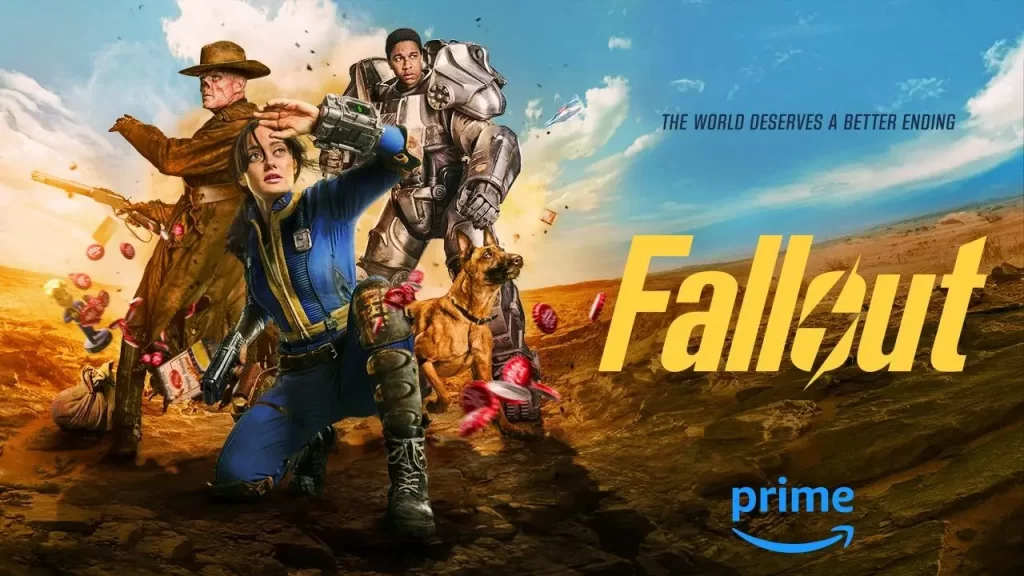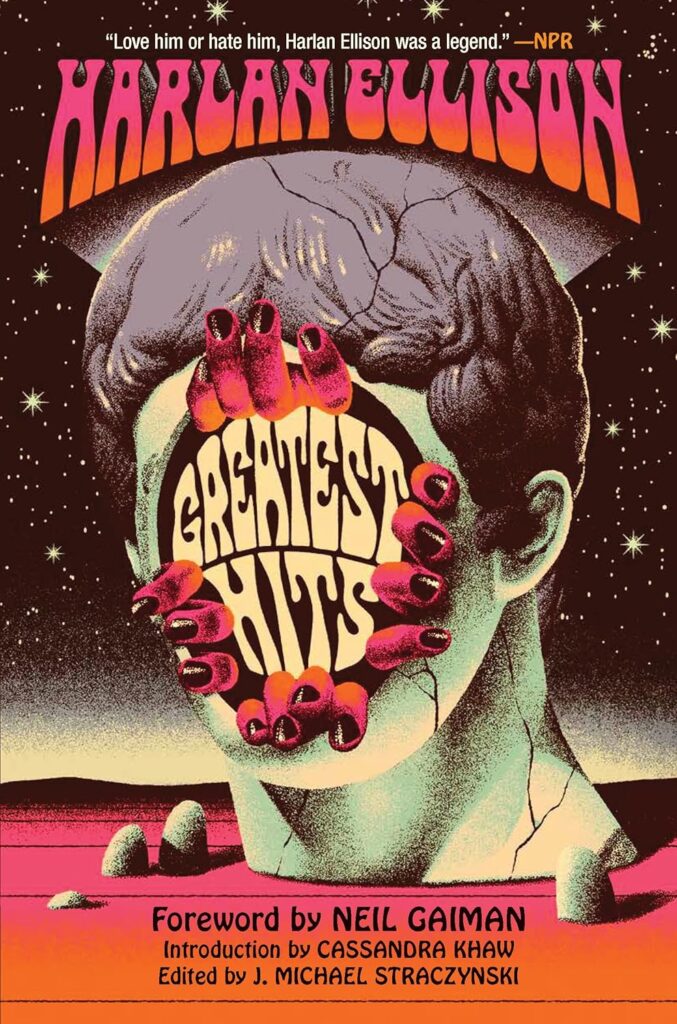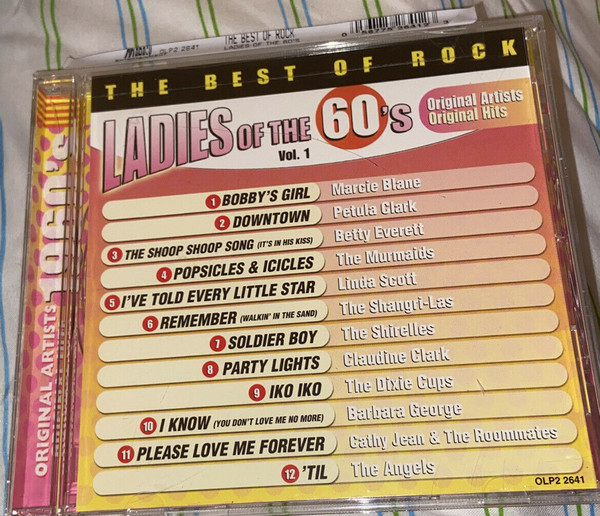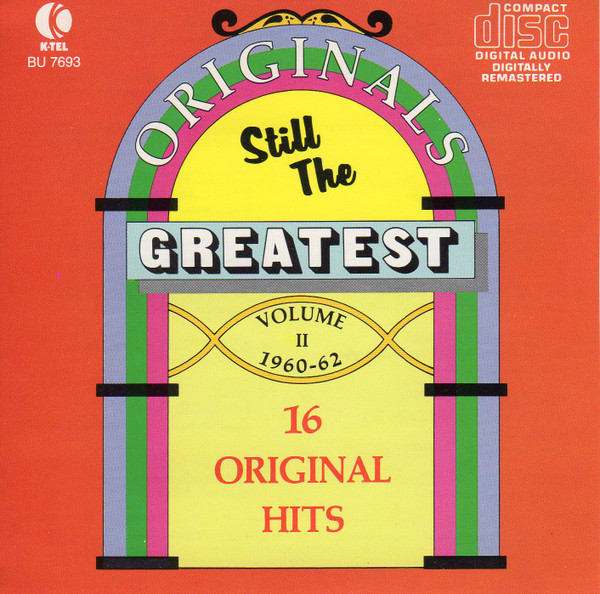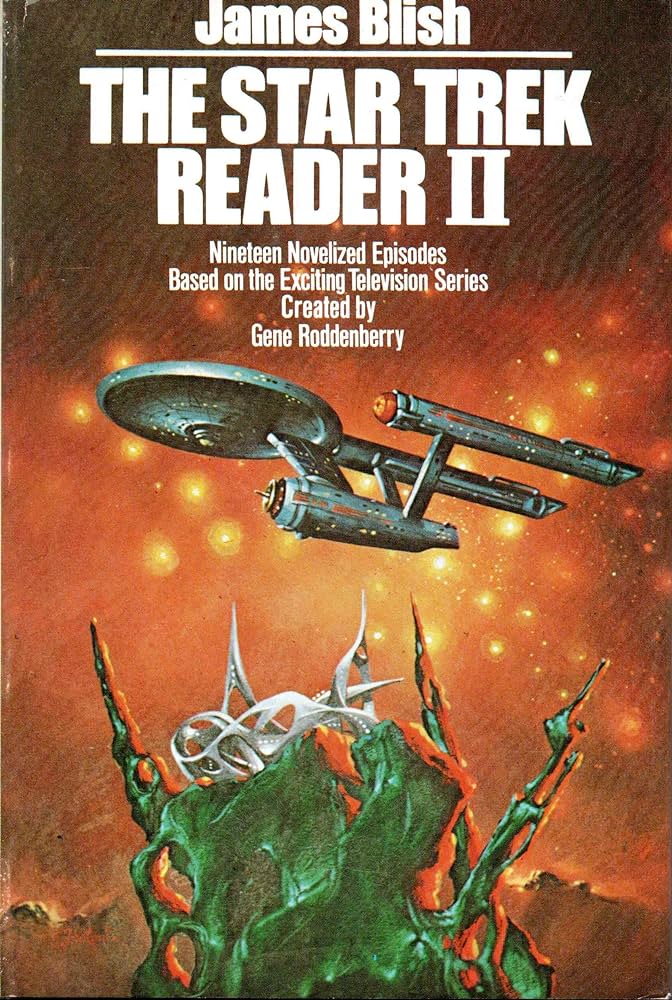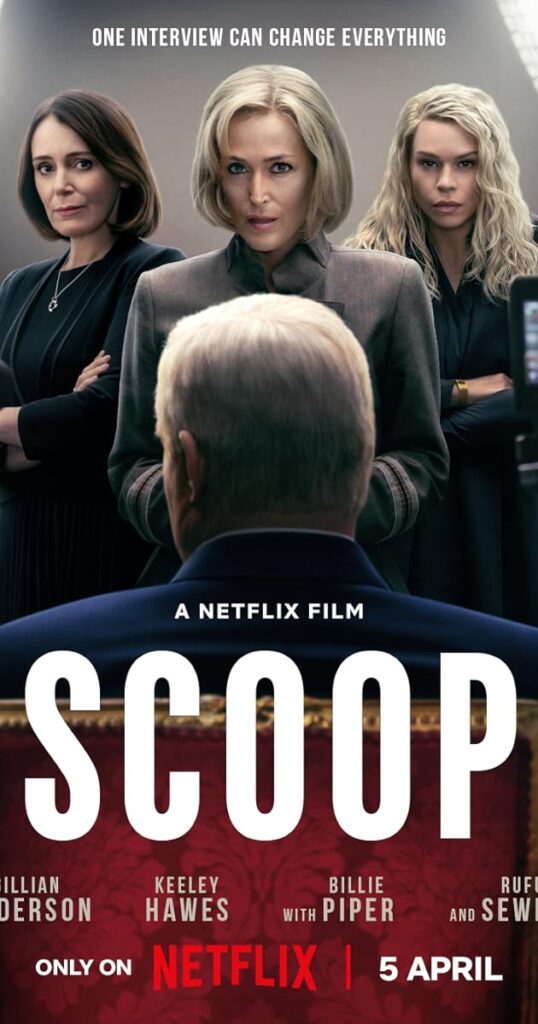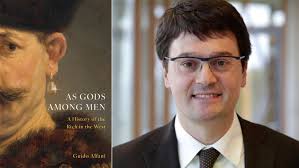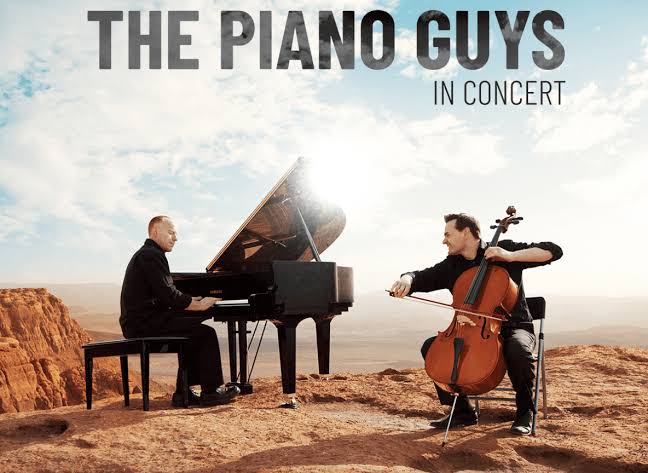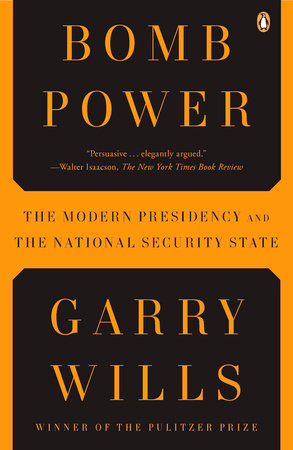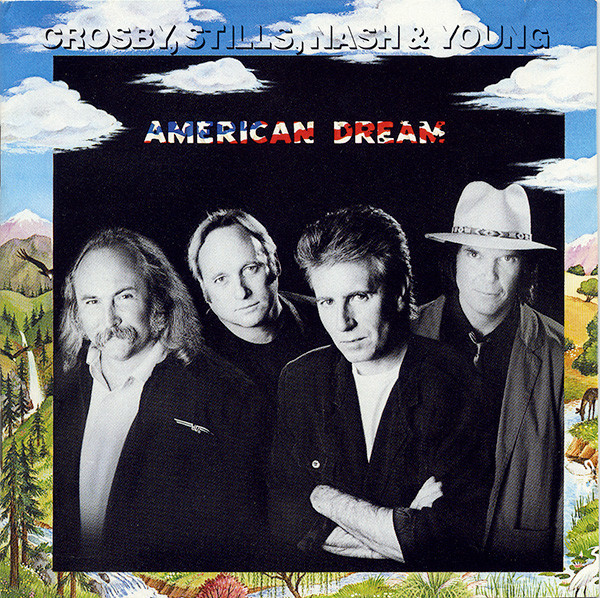” I’ll say it again—it is easier for a camel to go through the eye of a needle than for a rich person to enter the Kingdom of God!” Matthew 19:24
Presently, there are 2,781 billionaires in the world worth $14.2 trillion in aggregate, up by $2 trillion from 2023. A total of 137 individuals became billionaires for the first time with an accumulated wealth of $291.5 billion in 2023. Expect all those numbers to rise.
Guido Alfani is a Professor of Economic History at Boccon University, Milan. In As Gods Among Men: A History of the Rich in the West, Alfani takes the reader on a guided tour of the wealthy over the centuries. Alfani shows how Alan Rufus became a companion of William the Conqueror and then went on to control the staggering amount of more than seven per cent of the national income of England and was perhaps the richest man – other than monarchs – who ever lived in Britain. Elon Musk could not aspire to such wealth today.
Then there are the Medici of Florence, the Fuggers of Augsburg, together with the wealthy of the Netherlands, France and, overwhelmingly in recent decades, Americans: Andrew Carnegie, the Rockefellers, John Pierpont Morgan (who in 1907 single-handedly stopped the collapse of the American financial system) and most recently the tech billionaires like Bill Gates and Musk.
Throughout two millennia most of the rich have been rich because of inheritance. They had rich fathers or uncles; the prime examples are nobles, closely associated with royal dynasties. Successive reductions in inheritance taxes were specifically designed to make it easier to preserve inherited wealth. The rich now lobby and donate to political parties in Britain and America to abolish such taxes entirely. Trump promises a big tax cut for his wealthy supporters when he’s President again.
Alfani dances around Income Inequality and what the Rich do with their money other than to garner more power. My mother told me as a kid that “money is the root of all evil.” And I still believe that. GRADE: B+
TABLE OF CONTENTS:
Introduction 1
Studying the History of the Rich So Far: A Brief Overview 3
The Structure of the Book and Its Main Arguments 7
Part I In the Hands of the Few
1 What Is Wealth, and How Much Is Needed to Be Rich? 17
Defining Wealth across the Ages 18
Who Can Be Considered ‘Rich’? 22
The Historical Sources for Studying Wealth and the Rich: An Overview 27
2 Wealth Concentration and the Prevalence of the Rich across History: An Overview 36
From the Black Death (and Earlier) to the American Revolution 37
Wealth Concentration in the Modern Age 43
Why Does Wealth Concentration (Almost) Always Grow? 50
How Many Were Rich across Time? 56
Part II The Paths to Affluence
3 On Aristocracy, New and Past 65
What’s in a Noble? Some Initial Definitions 65
The Enrooting of the Feudal Nobility in Medieval Europe 67
Becoming a Noble, from the Early Modern Period to Napoleon’s Time and Beyond 70
The Survival of the Nobility in the Twentieth and Twenty-First Centuries and the Emergence of New Aristocracies 75
Nobility and Wealth: Some Further Reflections 80
Has a ‘Global Aristocracy’ Arisen Today? 84
4 On Innovation and Technology 88
Brilliant Sinners: Traders and Merchant-Entrepreneurs in the Middle Ages (and Before) 89
A New World of Opportunities 94
New Opportunities in the Old World 101
The Boon of Technology: Becoming Rich in the Industrial Age 105
The Problem of Entrepreneurial Dynasties: From Merit to Privilege? 112
Achieving Great Wealth in the Age of Information: Opportunities for All? 118
5 On Finance 125
Usurers or Bankers? Vie Commerce of Money in Medieval and Early Modern Times 126
Tax Farming, a Necessary Evil 134
On Investors, from Preindustrial to Industrial Times 138
Bankers of the Modern Era: Continuity and Change 142
Women in Finance: An Overview 148
The Progressive Financialization of the Modern Economy 153
6 The Curse of Smaug: The Saving and Consumption Habits of the Rich 159
The Consumption Habits of the Rich: From Medieval (Relative) Moderation to Conspicuous Consumption 160
The Saving Habits of the Rich: A Historical Overview 165
The Rich, the Race and the Inheritance 173
To Save or Not to Save? A Social Conundrum 178
7 Making It to the Top: An Overview 181
The Main Paths to Affluence in History: Summing Up 182
The Composition of the Rich from the Late Middle Ages to the Nineteenth Century 184
The Composition of the Richest from the Nineteenth Century to the Interwar Period 191
A Thorny Issue: Inheritance 196
Wealth in the Early Twenty-First Century: Where Are We Heading? 203
Part III The Rich in Society
8 Why Wealth Concentration Can Be a Social Problem: From Thomas Aquinas to Piketty 213
The Medieval Distrust of the Rich and the Super-Rich 214
Finding a Role for the Rich: From Sinners to Elect 218
Red Threads in History 225
On Inequality and the Perception of the Rich 232
9 Patrons, Benefactors, Donors 237
Maecenatism and Patronage between Public Good and Personal Interest: From Antiquity to Early Modern Times 238
Benefactors and Philanthropists of the Industrial Age 246
A Modern Dilemma: To Donate or to Pay Tax? 253
10 The Super-Rich and Politics 259
Wealth as a Path to Politics in Early Republics 260
Wealth as a Path to Politics in Modern Parliamentary Democracies 265
Politics as a Path to Wealth 273
Politics and Taxation 278
11 The Rich in Times of Crisis from the Black Death to COVID-19 285
The Rich and the Black Death: Boom or Bust? 286
The Crises of Early Modern Times: Plagues and Famines 291
The Rich during Wars and the Wars of the Rich 296
The Rich during Financial Crises 306
The Rich and COVID-19 312
Concluding Remarks 316
Appendix: Sources for Tables and Figures in the Main Text 321
Notes 325
Bibliography 367
Index 403
